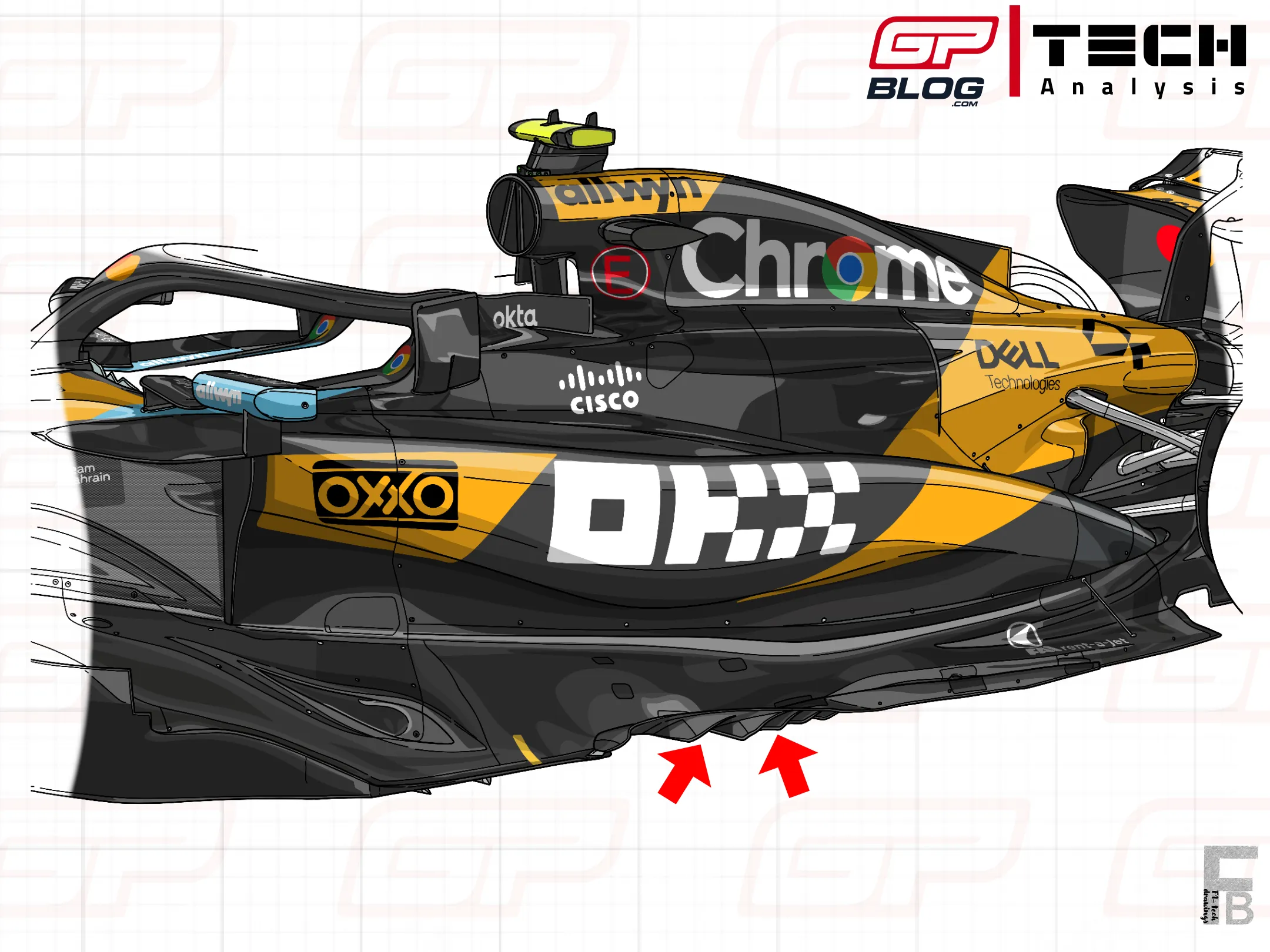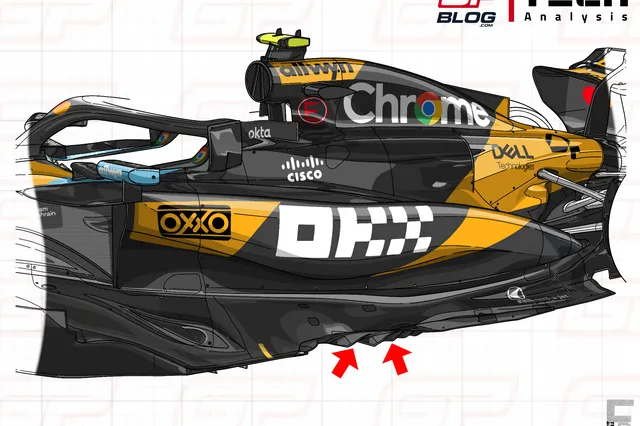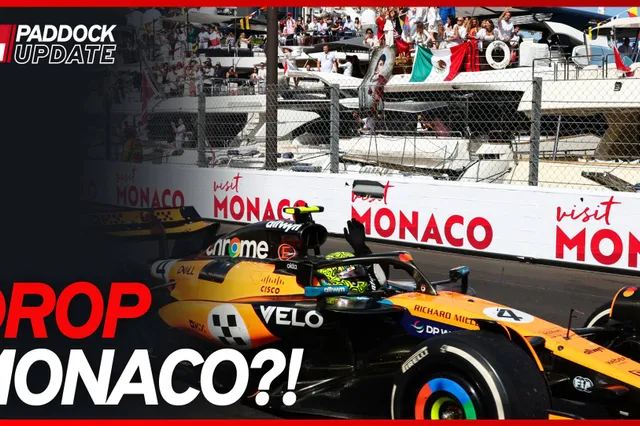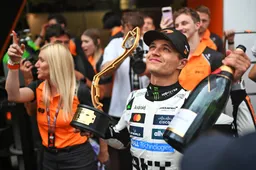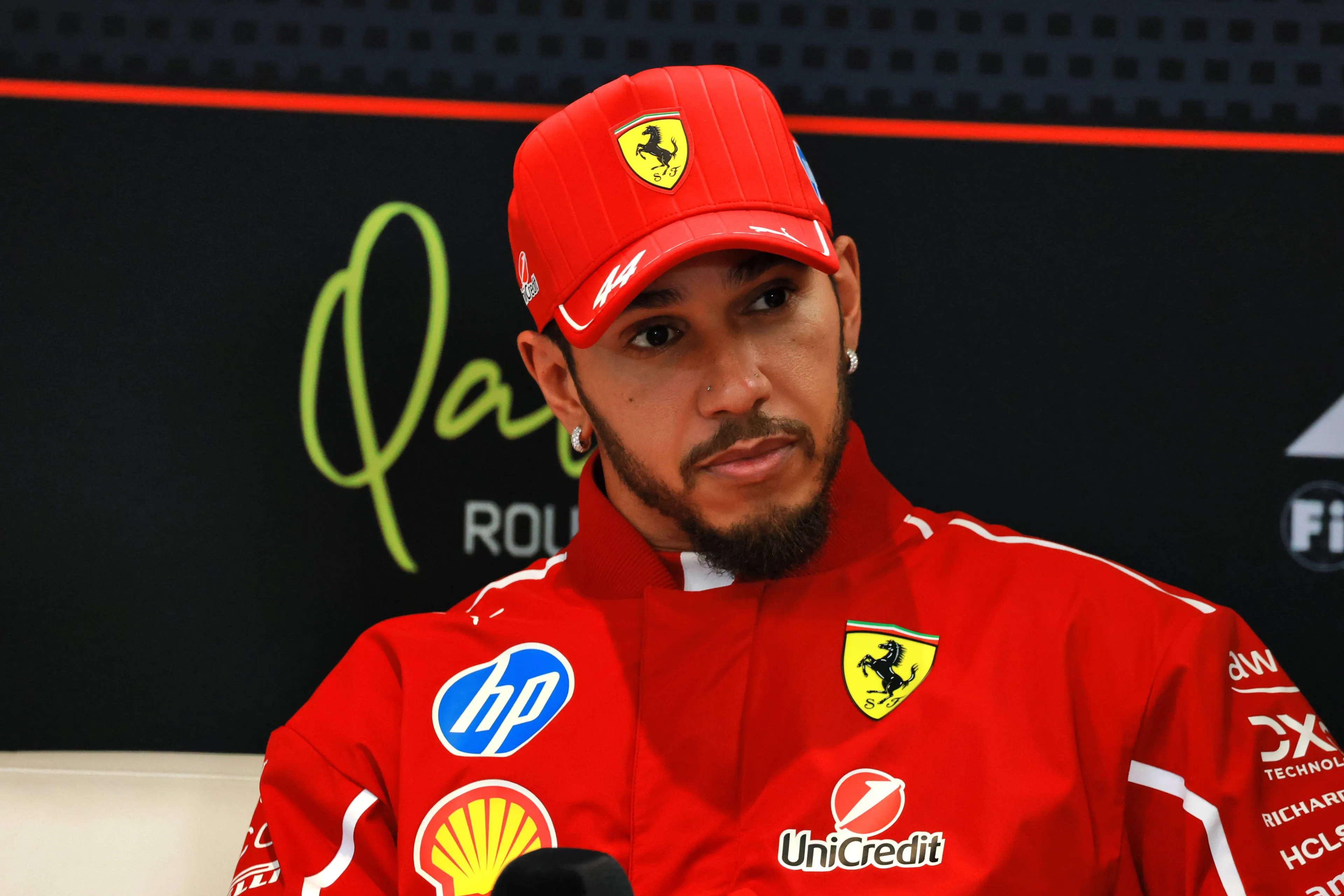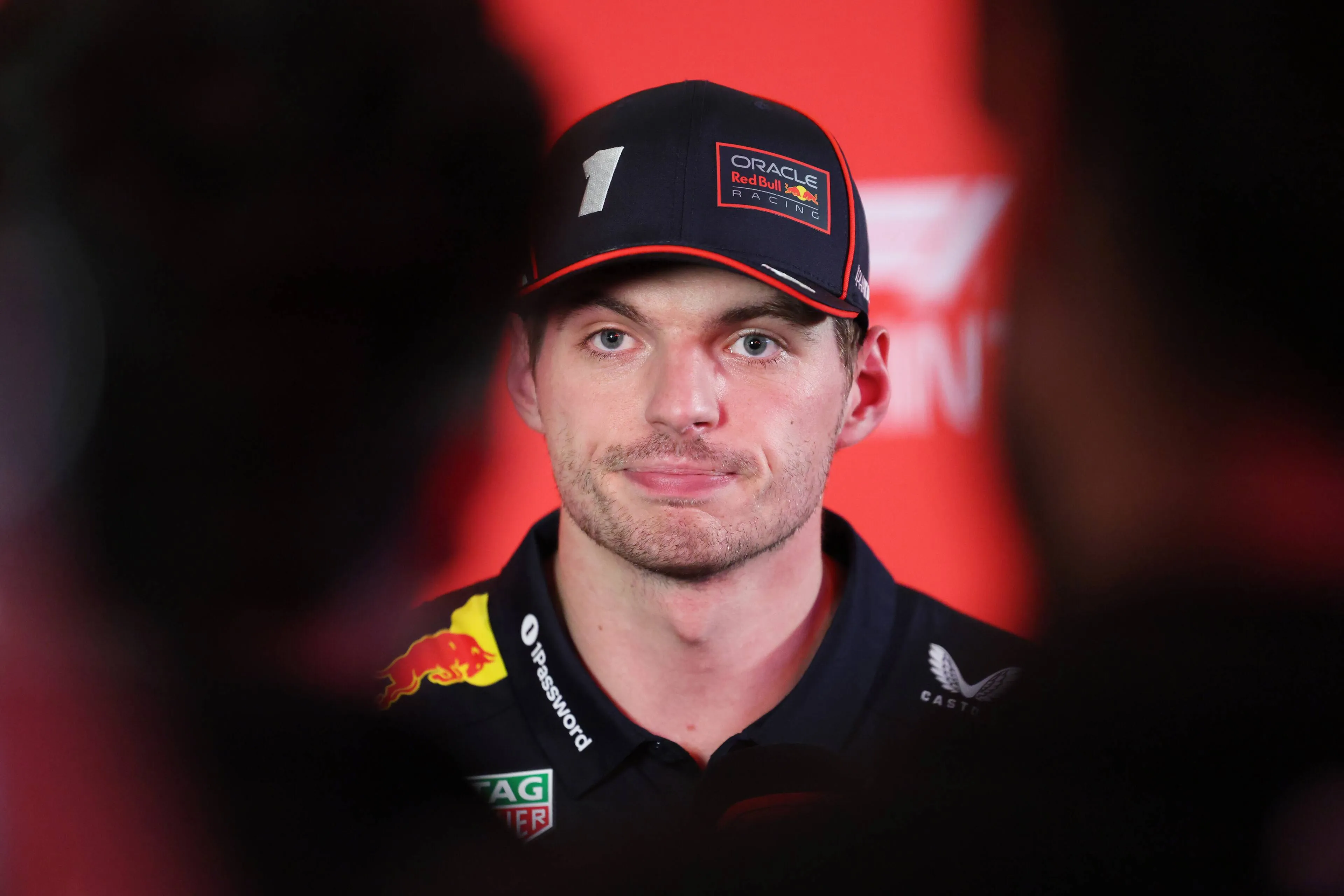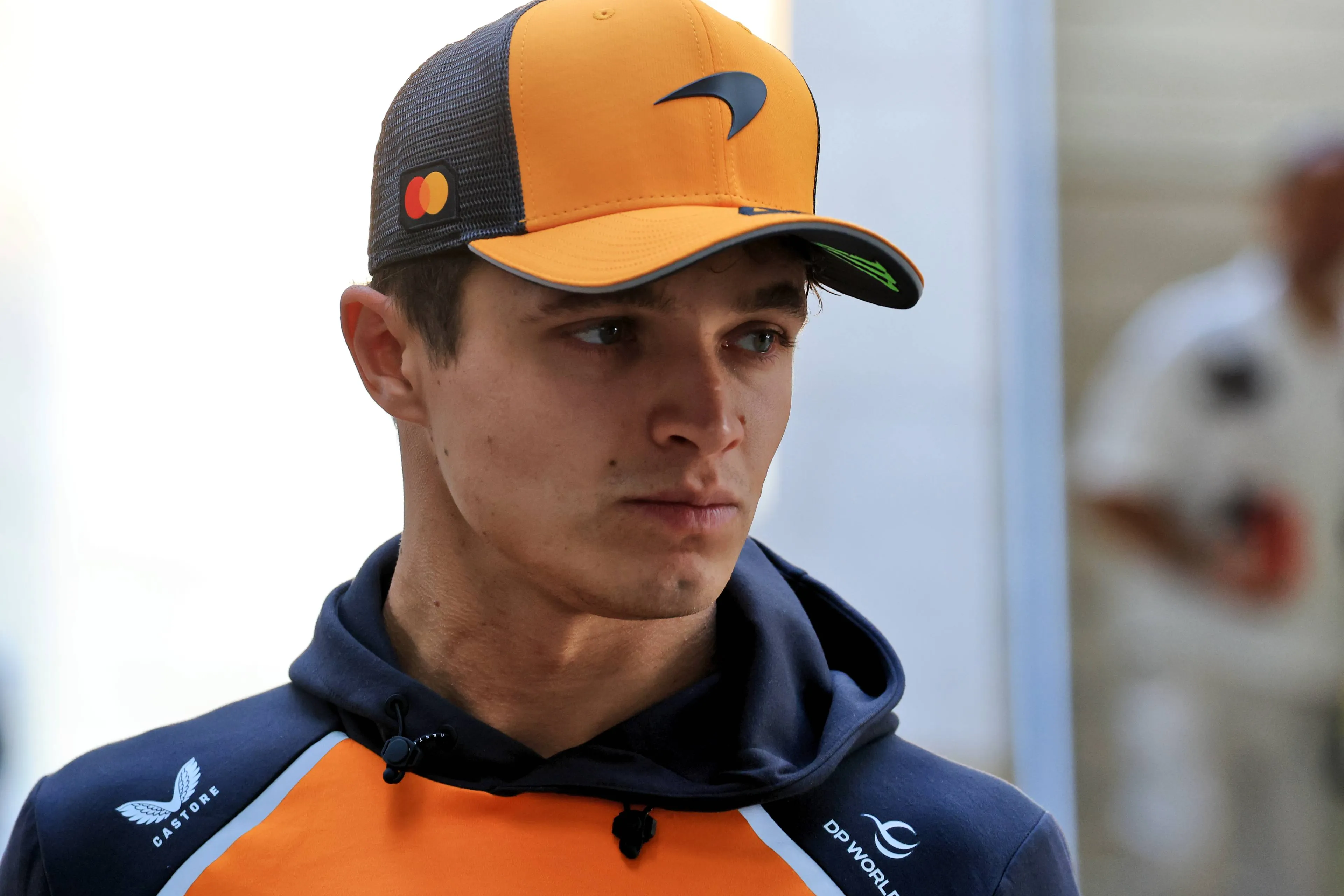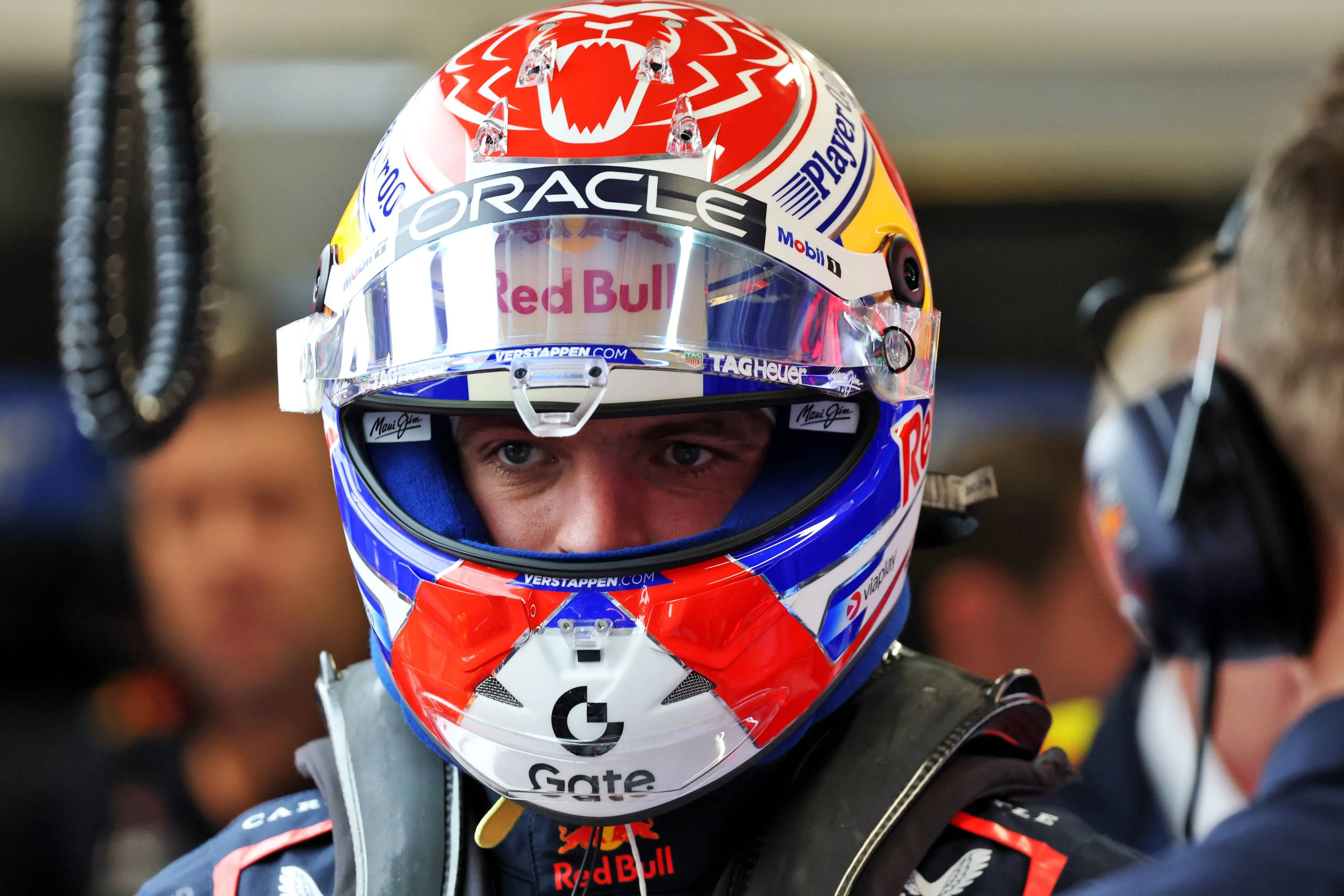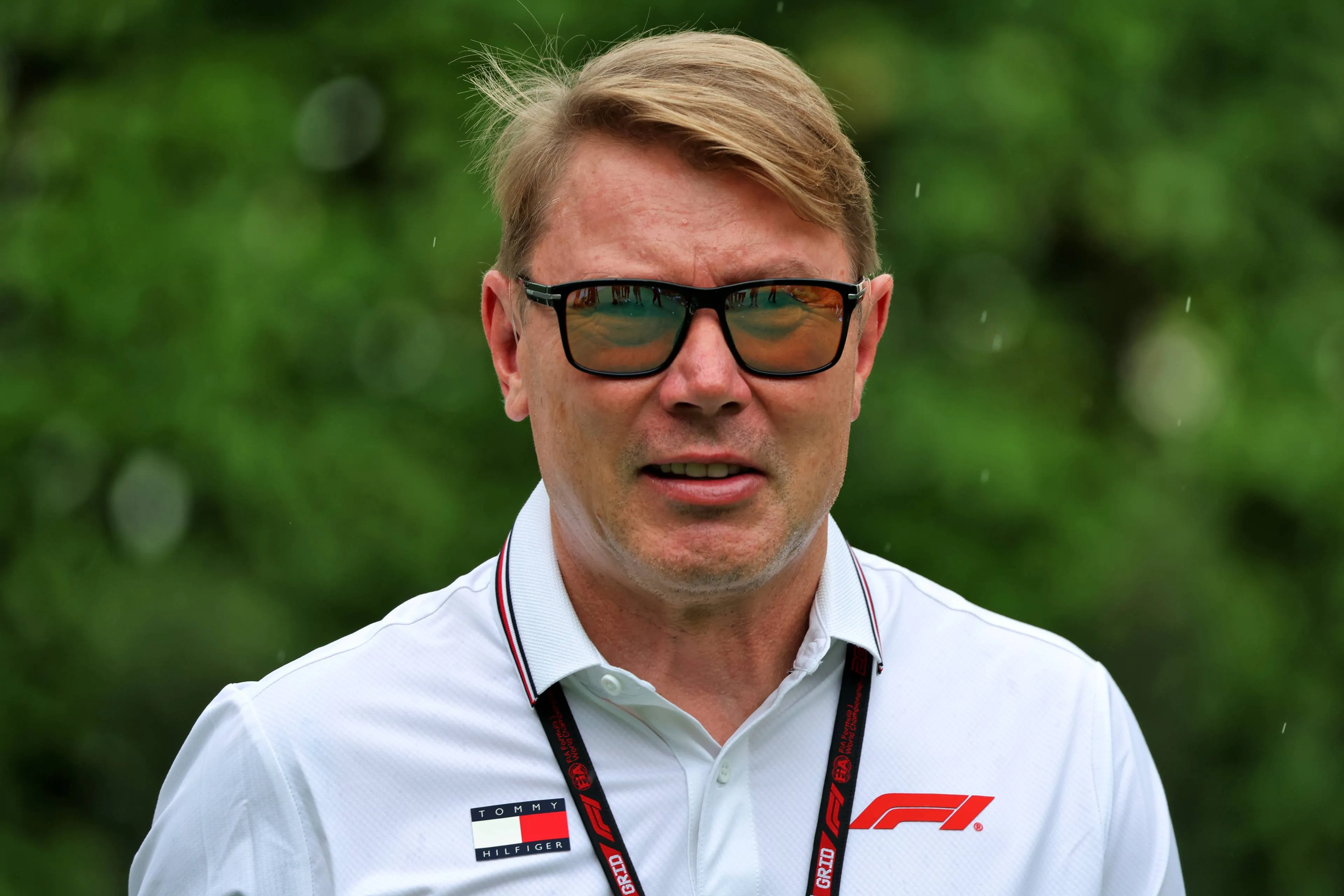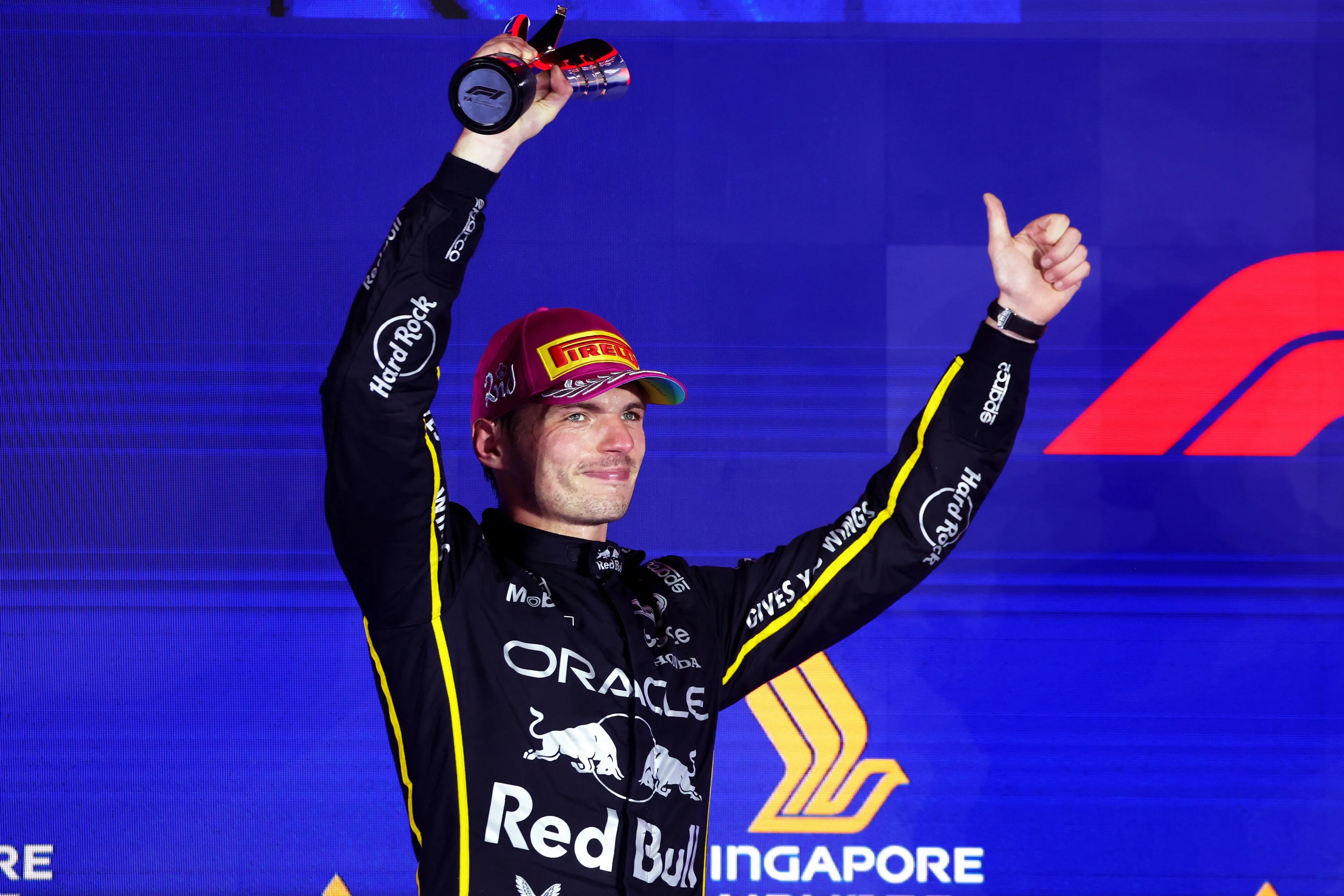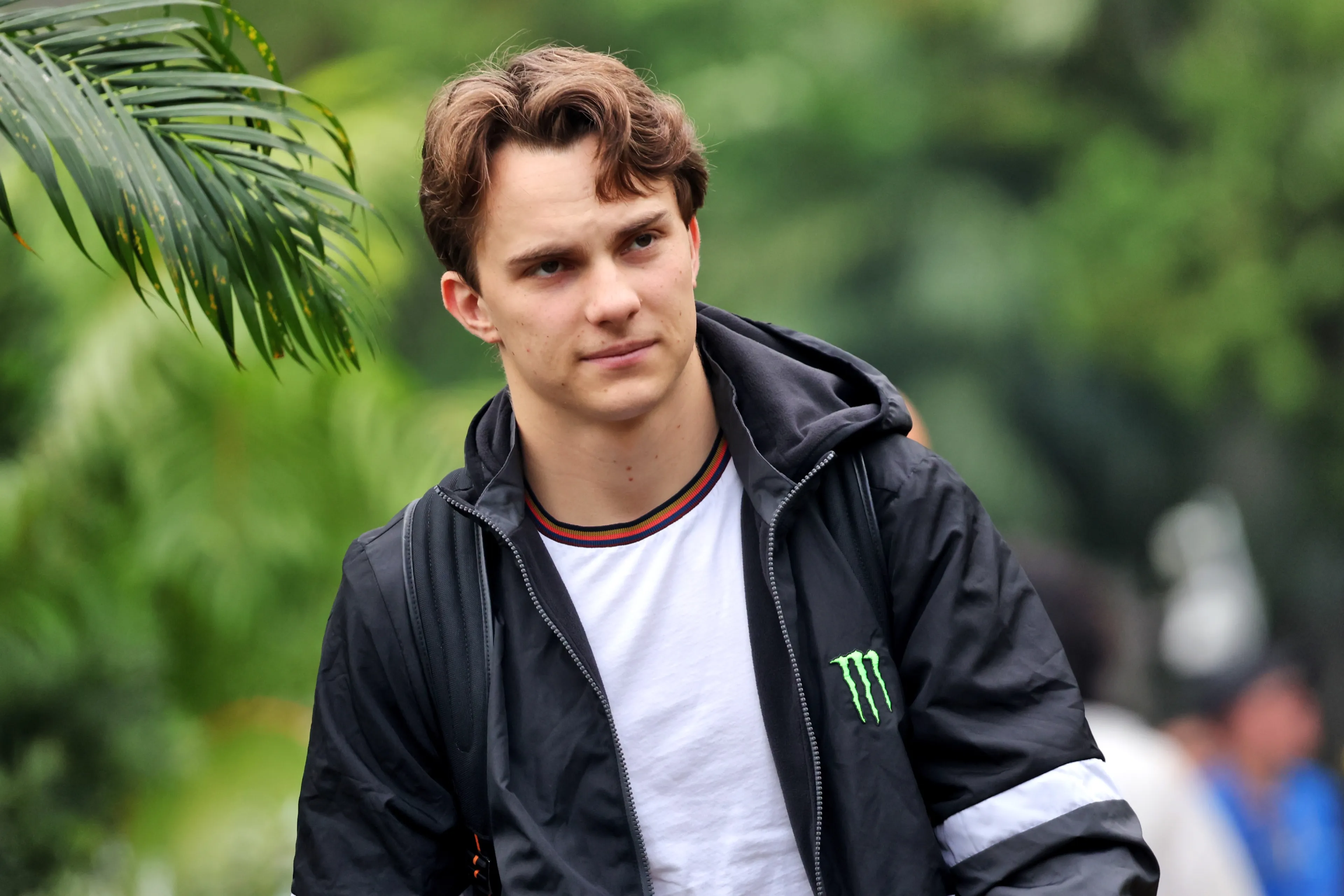F1 Tech | Which crucial set-up changes allowed Norris to win in Monaco?
The Monaco Grand Prix weekend saw a very dominant McLaren both in qualifying and in the race, with Norris and Piastri able to get P1 and P3. Despite this, their weekend started off on an uphill slope, as they both struggled with the set-up of their car, which was eventually fine-tuned just before qualifying. Let’s try to unveil the changes behind this great performance.
The Circuit de Monaco is a very unique track in the whole calendar, characterised by super slow corners, a bumpy asphalt and high kerbs, which must be attacked to gain lap time. To be fast around here, cars need to run with maximum downforce wings and have a very good mechanical set-up, to tackle the twisty nature of this historic layout.
According to the performance seen in the first third of the season, this track should’ve suited the McLaren MCL39 very well, due to the bumpy asphalt and the presence of slow speed sections.
For this race, the team brought a high downforce rear wing and beam wing, to better suit their car to the twisty layout. As visible in the image below, the rear wing version adopted was made of a mainplane with a leading edge that does not give maximum downforce: it has a linear and flat trend in the central portion to generate maximum downforce, while at the attachment to the endplate, the leading edge is slightly inclined, to reduce the level of drag generated by the airfoil in this portion. The mainplane, moreover, has a very pronounced chord, precisely to guarantee a high level of load in all conditions.
Moving on to the DRS flap, it is characterised by a much lower chord, mainly to improve the overall efficiency of the rear wing with the DRS closed. The fact that this flap had such a reduced chord is also due to the single DRS zone in Monaco, which is why it’s not so important to privilege the size of the mobile flap around here.

As for the beam wing, it was a double-element beam wing, with the lower element having the same shape as the previously used versions and with the upper element having a nearly horizontal shape but with a much increased chord to generate a higher level of downforce.
Another interesting technical choice made by McLaren’s engineers for this weekend was the amount of cooling gills on the engine cover to push out the hot air from the engine: thanks to the very efficient design of its internal cooling system, the MCL39 was able to run much closer than competitors despite hotter temperature, without facing temperature problems inside the bonnet.
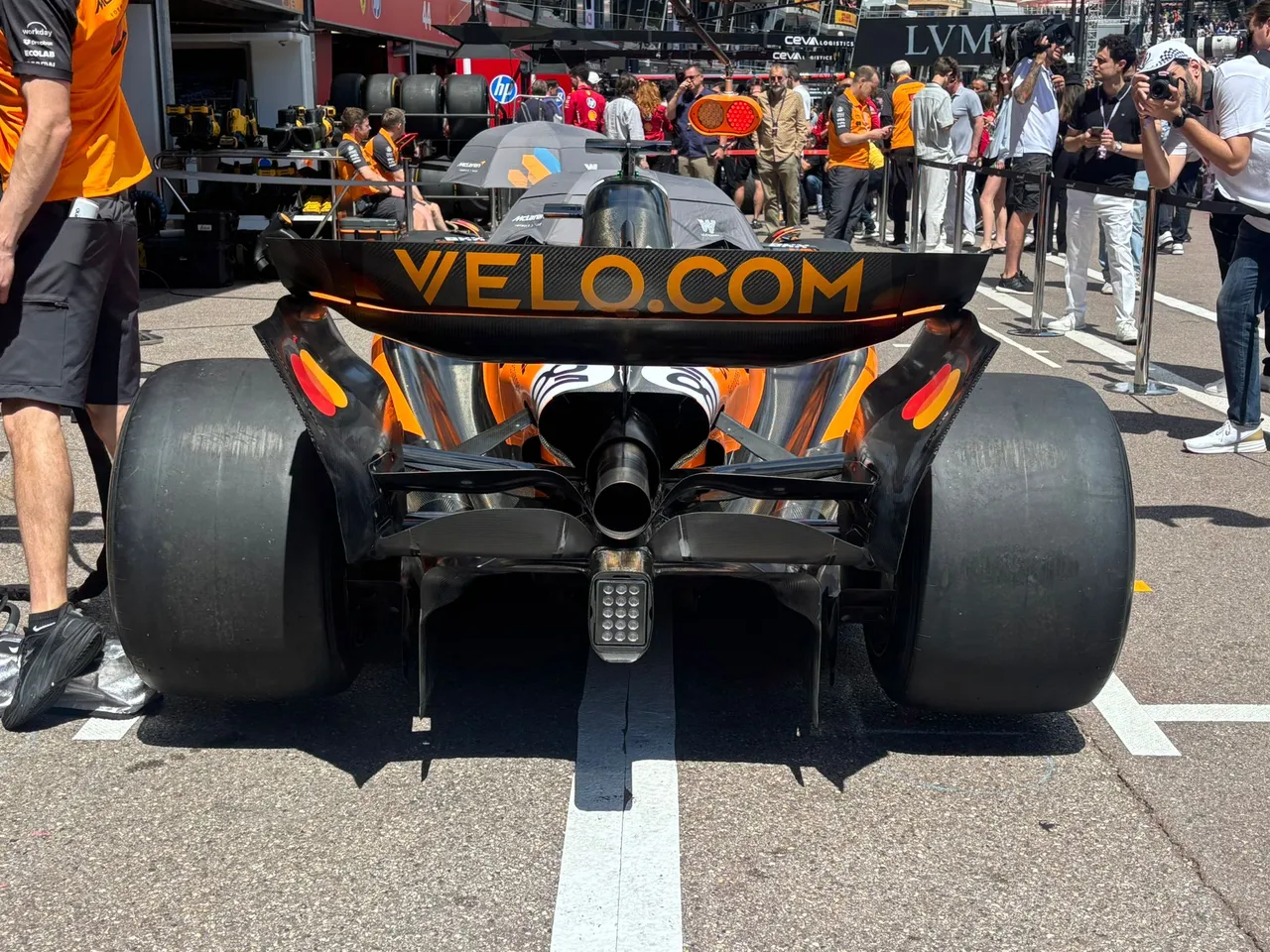
This design inevitably gives them an advantage in terms of efficiency, as the car is able to generate less drag thanks to the closer bodywork. This little but interesting detail was also described by Team Principal Andrea Stella on Thursday, who praised this solution as one of the reasons why they were so competitive in hot conditions, in Miami and Bahrain.
“I'm actually taking this opportunity to stress that one of the reasons why we are quite competitive in very hot conditions, like in Miami for instance, or in Bahrain in practice, is because our engineering group, as part of the innovation in the MCL39 compared to last year's car, have spent efforts into improving our cooling system. There's nothing in the cooling system which is the same as last year. It's much more efficient. This allows us to run closed when the temperature rise and we talk about a significant amount of milliseconds that we gain compared to last year for a given temperature.”
These aerodynamic choices, together with a car that was able to take more kerbs than competitors, immediately made the MCL39 the quickest through the slowest section of the circuit, from Mirabeau (turn 5) to Portier (turn 8), where the car exploited its balance and grip in the slow speed.

Despite the great speed in this portion of the track, both Norris and Piastri struggled a lot in the last sector with the C6 during second practice, sliding a lot at Rascasse and Antony Noghes, losing tons of lap time compared to Leclerc.
Another interesting aspect was the fact that Piastri was able to set his fastest lap after a lot of laps on the soft tyre, proof that the grip stabilised after a certain amount of laps and gave drivers more confidence to push.
This aspect was underlined by Andrea Stella himself after qualifying on Saturday: “But the C6 compound keeps being relatively tricky when the rubber is new. So while we were doing decent lap times in the very first [stint]. Actually both our drivers felt that the tire was easier to exploit when it was slightly used.”
Read also
Big set-up changes for qualifying
On Saturday, the scenario completely changed: after a difficult FP3 as well, where drivers struggled to find the grip on the soft tyre, the team made some specific set-up changes that turned the car’s behaviour around for qualifying:
- First of all, they decided to reduce the car’s ride height to take advantage of the great level of downforce generated by the Venturi channels in the high-speed sections of the track, like the first swimming pool chicane and Massenet, where Norris and Piastri were still struggling a lot compared to Leclerc;
- Secondly, they decided to soften the mechanical set-up on the rear suspension, for a better traction out of slow corners, allowing the rear axle to manage the engine power better and improve traction, especially out of last corner, Saint-Devote and Portier;
- The softer mechanical set-up made the car stronger on kerbs: Norris and Piastri were able to use a lot of kerbs almost everywhere without sliding as the car jumped off those kerbs, proof that their MCL39 had a phenomenal drive on such a bumpy layout.
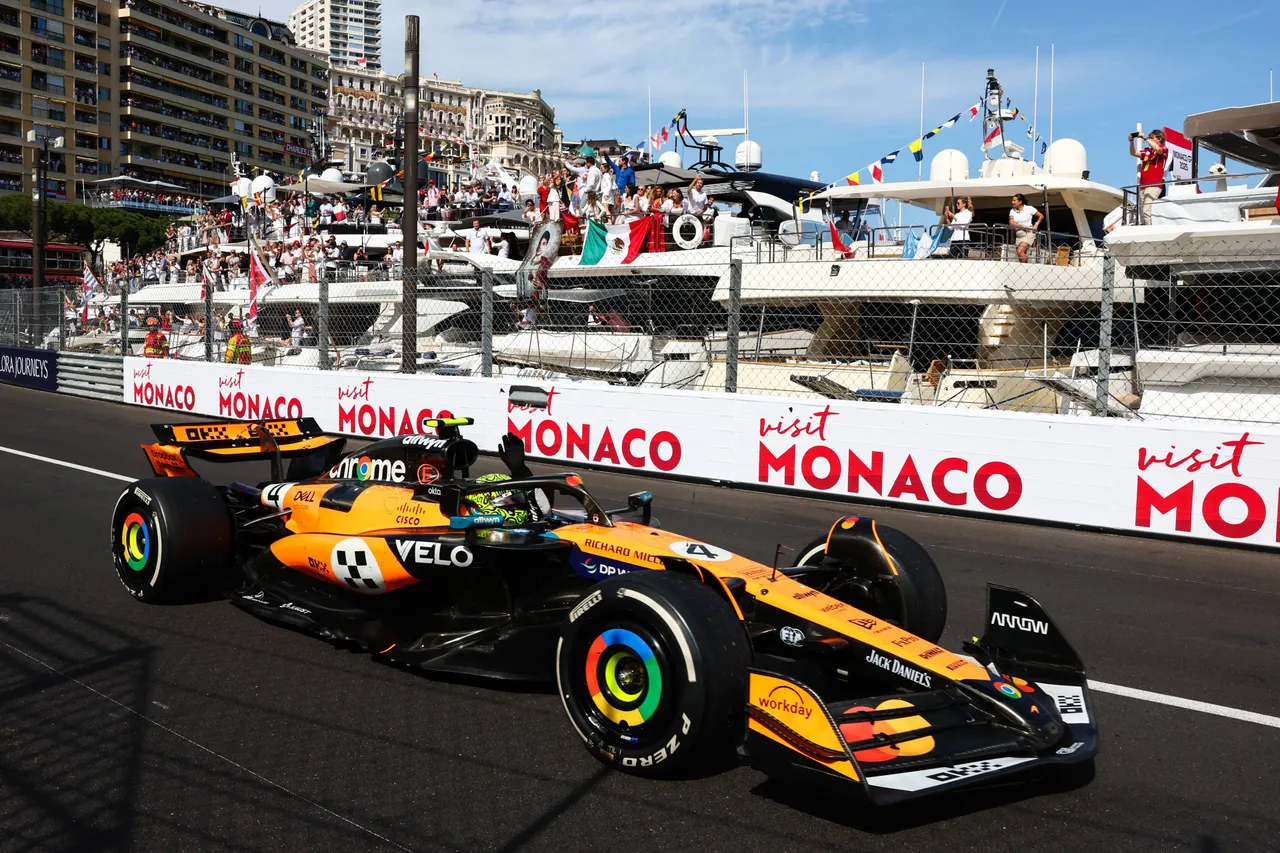
Due to these changes, the MCL39 looked very close to the ground in qualifying, generating a lot of sparks on the start-finish straight, in the uphill straight to Casino and at the swimming pool chicane.
All these mechanical changes gave wings to the car, which looked like a way better version than the one seen during practice sessions. As a consequence, Norris and Piastri looked competitive for the whole qualifying, with Norris eventually able to grab pole and with Piastri in third, only 66 milliseconds behind Leclerc despite having faced some troubles during his laps in Q3.
The big progress made by the team between FP3 and qualifying was highlighted by Piastri on Saturday afternoon: “I think the team did a good job of trying to put the car in a better window, and I think we definitely did that by qualifying.”
The race on Sunday then, proved McLaren’s great superiority in tyre management, despite the mandatory two-stop strategy imposed for this Grand Prix. Particularly significant, in fact, was the fact that Norris was able to set the fastest lap on the last tour of the race, despite having spent many laps behind Verstappen in hot and dirty air.
Read also
Popular on GPBlog
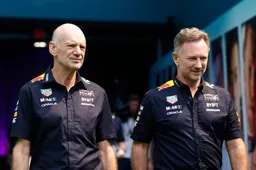
Aston Martin has informed staff following rumors about Horner’s arrival

Marko identifies Verstappen's problem during Sprint Qualifying
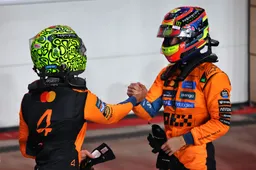
What Norris needs to do to clinch his first drivers' title in Qatar GP

